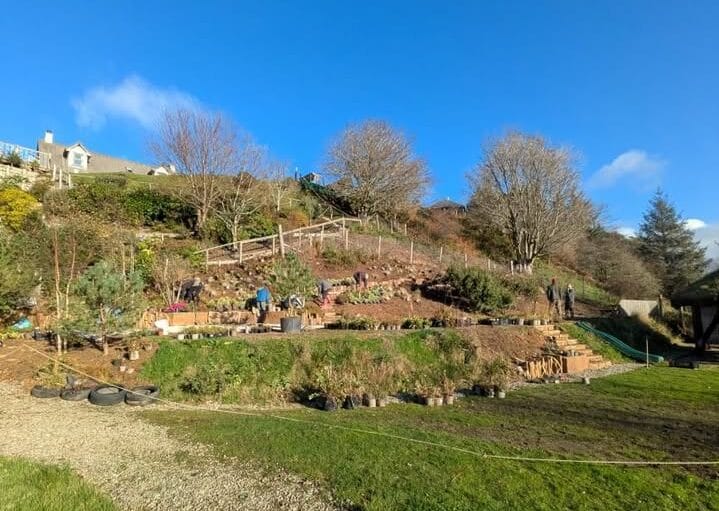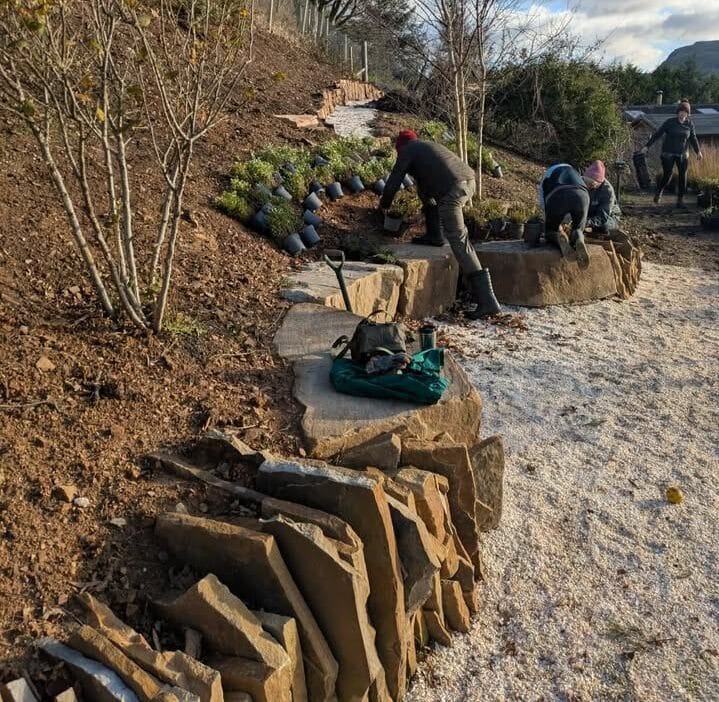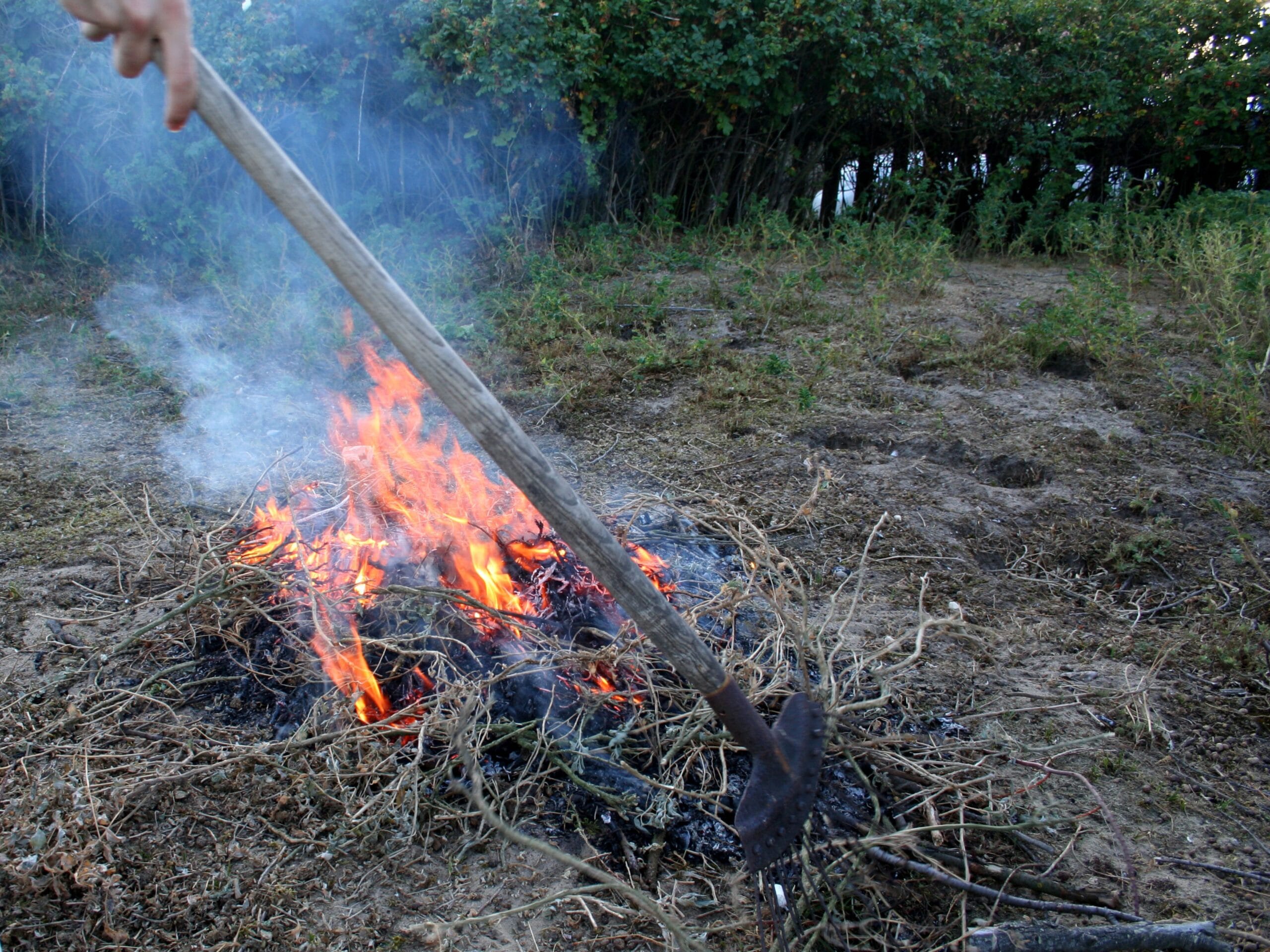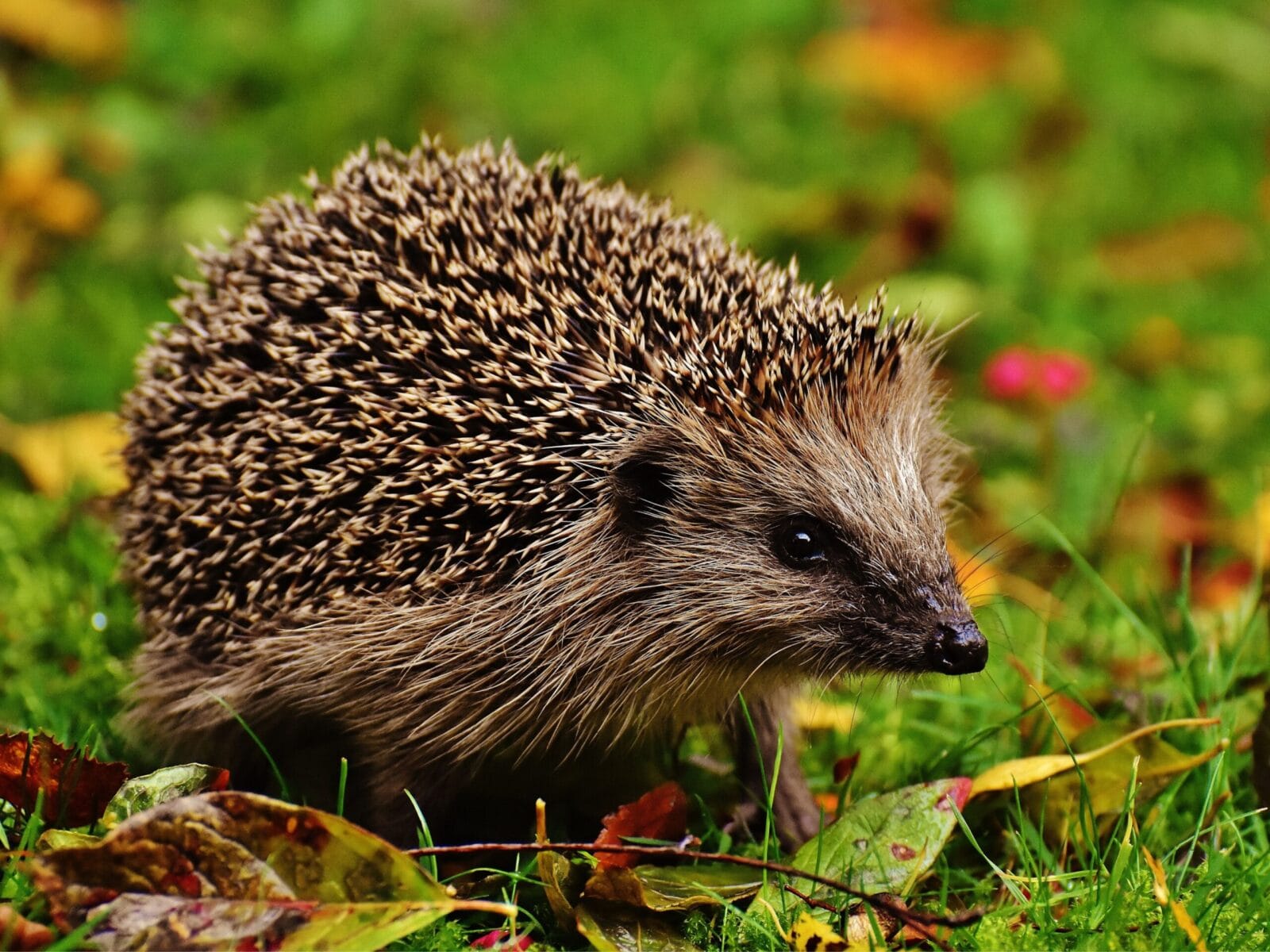Transform your garden this winter and be ready for a thriving 2026 season. At Frogheath…

Chelsea Garden Relocation
Did you know, there is a big Chelsea Garden Relocation after the show? After RHS Chelsea, the gardens are relocated, re-purposed and reused around the country. All gardens must have an afterlife in communities, charities and schools to benefit people and the environment. Every garden must have a plan for where their garden will live on.
In previous years, Frogheath Landscapes have continued to be involved in gardens we built at Chelsea, including The Donkey Sanctuary Garden, which was relocated to their Centre in Dorset.
This year was no different, Frogheath was there when Seawilding returned to the Craignish Peninsula and The Wildlife Trusts British Rainforest Garden was re-built at Bristol Zoo Project.
Find out more about this year’s Chelsea Garden relocation below:
Seawilding Garden Relocation
Garden designer Ryan McMahon led the relocation project, seeing Seawilding set up in the heart of Ardfern at a public and play area behind the village primary school. Frogheath’s Steve Moody joined him, along with several locals to plant 1500 plants.
Steve applauded the community spirit and hospitality, for there was plenty of singing, music and a dram at the end of the day to reward the hard work!

British Rainforest Garden Relocation
The British Rainforest Garden was relocated to Bristol Zoo in a couple stages. Bristol Zoo Project’s on-site grounds team did the path excavation, path, bench and signage. Frogheath Landscapes went up after this delivering and planting all the trees and placing the rocks. The team comprising of Steve and Nick also and completed the soil preparation for the volunteers, who then did the planting and mulching.
Zoe says she was honoured to create a lasting legacy for The Wildlife Trusts’ British Rainforest Garden at Bristol Zoo Project.

Why Do A Chelsea Garden Relocation?
The show gardens are relocated so that 100,000’s of people can continue to enjoy the gardens for years to come. Relocating the gardens, using the same materials and re-planting the same trees, shrubs and plants is more environmentally friendly. As you know, Frogheath Landscapes takes sustainability seriously, so re-purposing even down to the soil aligns to our business core values.
Whilst not in a show setting, the re-purposed gardens are adapted for longevity in line with the RHS’s Green Audit Policy.
The gardens are suitable for year-round use, some designed for high footfall. They are educational as well as enjoyable.
Not only do people benefit from beautiful relocated show gardens, they are also vital for local wildlife and eco systems, providing habitats for many creatures.
Show Garden Concept To Completion
The planning of a show garden takes at least a year prior to arriving at Chelsea. Frogheath built parts of both The British Rainforest Garden and Seawilding several times in the yard before they were broken down and re-built at Chelsea. The build of a garden taken two weeks before the show is open. The gardens are then maintained across the duration of the show, with some plants and flowers refreshed and replaced over the course of the five days. There is then a further five-day breakdown time.
We get to know the gardens, the designers and the history behind their design during this time. As such, the Chelsea Garden relocation is a bitter sweet end to such a long term and close knit project. It is a pleasure to be involved in the relocation, it gives a sense of closure, knowing where they will stay to be enjoyed for years to come and to have been a part of it.
Why not sign up to our newsletter and have Frogheath News like this delivered to your inbox?



